Among all the components of Karate, Completing a karate performance perfectly is one of the most gruelling tasks.
Improving your Kata skills takes more than memorizing movements; it’s about getting each step right, being precise, and understanding the deeper purpose behind the practice.
In this guide, I will walk you through some helpful tips that can make a difference in your Kata performance.
Understanding Kata Performance in Martial Arts
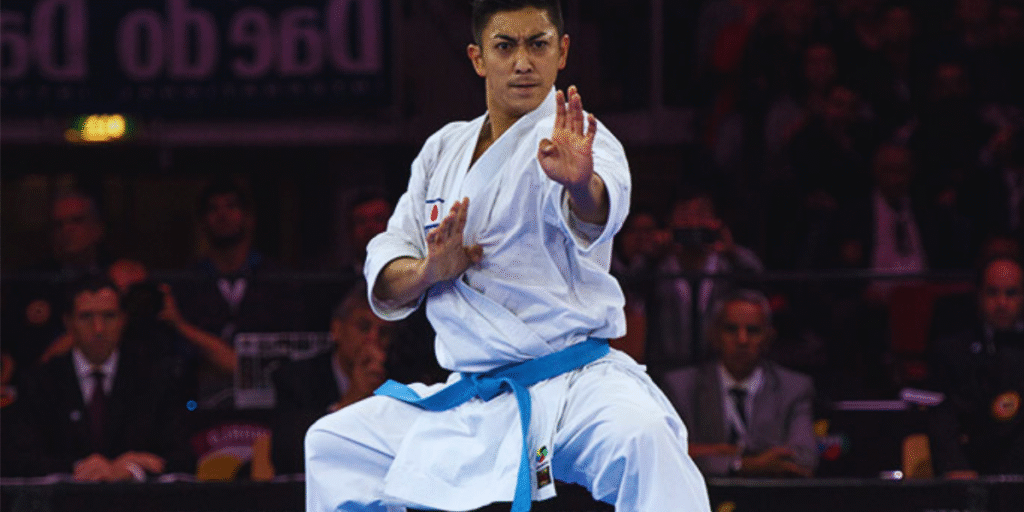
What is Kata?
Kata is more than just a series of movements; it’s the foundation of martial arts training.
Kata is a set of pre-designed pattern sequences of movements to simulate combat situations.
Often performed solo and in a group, these movements are designed to help practitioners develop technique, timing, and pinpoint accuracy.
Kata isn’t just about repeating motions—it’s about understanding the intent behind each movement.
If you perform Enpi kata, For instance, Without intention or proper pause, It will look like you are just moving.
As I’ve experienced, Kata is a physical and mental practice.
It’s a way to preserve traditional techniques while fostering a sense of discipline and mindfulness.
Why Kata Performance is Key to Martial Arts Mastery
Kata is not just for practising the moves; It prepares a karateka for a battle.
If you look at higher-level shotokan Kata like Unshu or Gankaku, You will realize karateka doing it have to perform 360-degree attack and defense simultaneously.
When you focus on Kata’s performance, you’re not just working on memorizing a routine—you’re training your body to move with purpose, balance, and control.
The more you practice Kata, the more your body learns to execute movements precisely.
This muscle memory can translate into better performance in sparring or self-defence situations.
Beyond the physical, Kata helps build a mental discipline crucial for martial artists. It teaches you how to stay calm and focused, even under pressure.
Each Kata is a series of challenges that test your ability to stay composed, analyze your surroundings, and act decisively.
And here’s the thing: it’s not just about doing the moves correctly—it’s about doing them with intention.
Tips to Improve Your Kata Performance
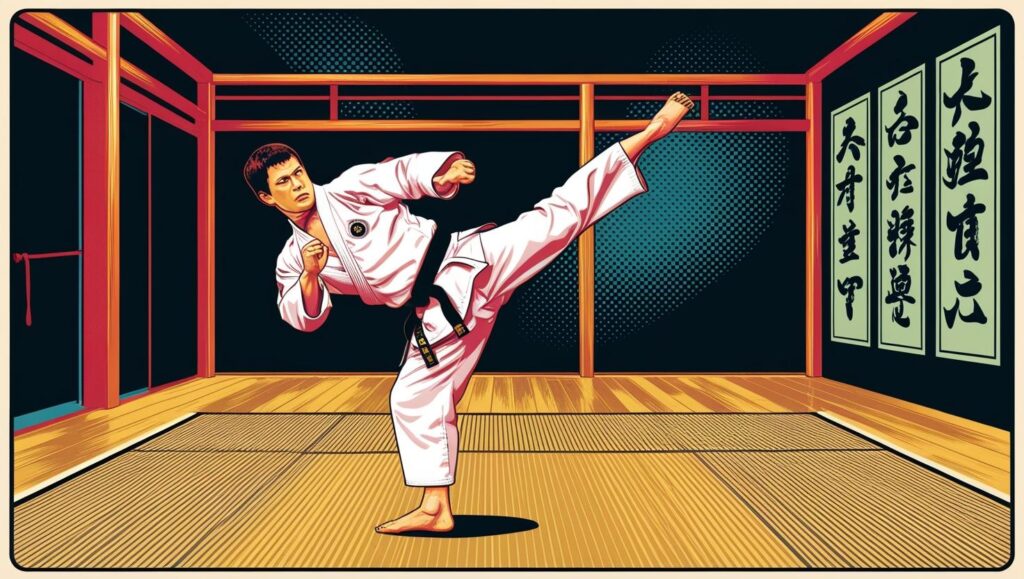
Tip #1: Focus on Form and Precision
When it comes to Kata, your form and how you conduct it throughout Kata are essential for your Kata performance.
One of the first things I learned in my practice was that the more focused I was on getting the form right, the better my Kata performance became.
Think about it like this: If you’re doing a punch, it’s not just about the motion, it’s about how you punch.
Your fist should be clenched with purpose, your elbow locked, and your body aligned properly.
The goal is to make every movement deliberate, with no sloppiness. The more precise you are with each move, the more your overall Kata will become more fluid.
A common mistake I’ve seen in beginners is rushing through the motions.
It’s easy to want to get through a Kata quickly, but that can lead to sloppy technique and bad habits.
Slow down. Focus on each step, every angle, and every breath. This will help you refine your form and improve your overall performance.
Tip #2: Consistency is Key
Like anything else, the key to improvement in Kata is consistency.
When I first started, I thought practising once a week would be enough. But over time, I realized that you need to practice regularly to see real progress.
Think of Kata as a muscle that you need to train constantly. If you practice frequently, even briefly, each day, your body will start to remember the movements.
Muscle memory is powerful; the more consistent you are, the more natural your Kata will feel.
Create a routine for yourself. It doesn’t need to be hours of training every day—just 20-30 minutes of focused Kata practice can make a big difference.
The goal is to stay engaged and keep improving steadily so that when the time comes to perform or compete, your Kata flows naturally.
Here is my Schedule for practicing kata.
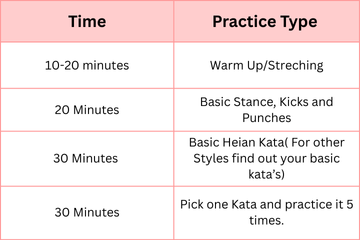
Tip #3: Break Down Each Kata
If you are not confident about your kata performance, Then Instead of rushing through an entire Kata, take the time to break it down.
Focus on individual movements, sections, or even stances.
When I first learned kata Kanku Dai, it was challenging for me. Some movements were tough to perform with speed.
Then, I broke down the Kata and practised the challenging parts individually.
It takes effort, but the result was beautiful. I can perform the whole Kata with the same intention and speed.
You can do the same. Start by learning the Kata in smaller chunks. Once you’re comfortable with a section, move on to the next, then combine them all.
This is a technique I’ve used that helped me master the Kata more efficiently. It also allows you to spot any flaws or areas for improvement.
Tip #4: Use Feedback and Observation
One of the best ways to improve your Kata is by seeking feedback.
Having a mentor or instructor watch you perform and provide constructive criticism can make all the difference in martial arts.
Sometimes, we can’t spot our mistakes, but a fresh set of eyes can identify areas needing improvement.
It’s also incredibly helpful to observe others. Watch your peers or more experienced martial artists perform Kata, and pay attention to their movements.
Advanced Kata Performance Tips
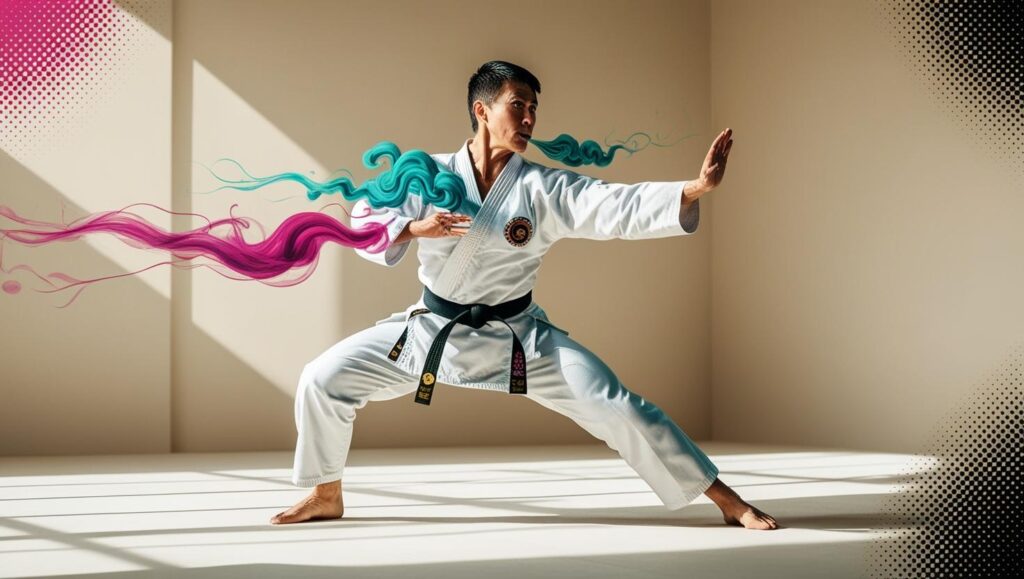
Tip #1: Incorporate Breath Control
Breathing might seem like the last thing you must consider when performing Kata, but trust me—it’s one of the most important aspects to master.
When I first started focusing on breath control, I noticed a massive difference in my performance.
Breathing correctly helps you stay calm, fuels your movements, and gives them power.
In many Kata forms, breathing is synchronized with the movements. For instance, you might inhale deeply when preparing for a strike and exhale sharply when executing it.
This breathing pattern helps generate energy and maintain flow during the performance. The goal is to avoid shallow, irregular breaths—deep, controlled breathing will help you keep rhythm and focus.
Tip #2: Develop Flow and Fluidity
To develop flow, you need to think of Kata as a continuous motion rather than a series of separate actions.
Without flow, you won’t be able to properly breadth between Kata, which can cause a shaky and powerless Kata performance.
Once you’re comfortable, you can speed up while maintaining smooth transitions between stances, strikes, and blocks.
Remember, each Kata has its flow and rhythm. Understand it and practice accordingly.
Tip #3: Practice Kata in Reverse
This may sound daunting, But try this once, and you will see the difference in your kata performance.
You have to start from the right side Miki (みき) instead of the left side. Almost every Kata begins from the left side.
Starting from your right side will train your muscles differently and enhance your movement speed and accuracy.
It is also a great way to remember long-form Kata If you are prone to forget it while practising.
Frequently Asked Questions
How long does it take to improve Kata’s performance?
Improving your Kata performance depends on how much time and effort you put into your practice.
From my experience, if you’re consistently practising and focusing on the key aspects of Kata—like form, precision, and breathing—you’ll start to see noticeable improvements in a few months.
Can I learn Kata independently, or do I need an instructor?
While you can certainly start learning Kata independently, I recommend finding an instructor or a mentor to guide you. Kata is all about technique; sometimes, it’s hard to spot bad habits or mistakes when practising alone.
An instructor can provide valuable feedback and correct issues before they become ingrained in your movements. Plus, they can help you understand the deeper meanings behind the Kata, which is difficult to achieve without guidance.
What are the most common mistakes in Kata’s performance?
From what I’ve seen and experienced, the most common mistakes in Kata usually revolve around a few key areas:
- Rushing through the movements: Kata requires precision, and it’s easy to get caught up in trying to finish quickly. This often leads to sloppy technique. Slow down and focus on each movement.
- Poor posture: Posture is everything in Kata. If your stance is off, it throws off the rest of your movements. Always check your alignment, especially during stances and transitions.
- Lack of intention: Every movement in Kata has a purpose. It’s easy to go through the motions, but Kata is about understanding the intent behind each action. Without this mental focus, your performance will lack the depth it needs.
Emphasize on Kihon
Without a solid base, no matter how much you practice, your Kata will not improve. Why Kihon is important? Because:
- Repetition of Kihon ensures flow and balance in your kata.
- If you are struggling to finish your kata on the starting point it means your Dachi or steps and not uniform and it needs to be practiced more.
- Kihon helps you with building stamina. Repeated practicing kihons with multiple moves grows your breathing capacity.
- Try to achieve Kime on your kihon, it will automatically come to your kata.
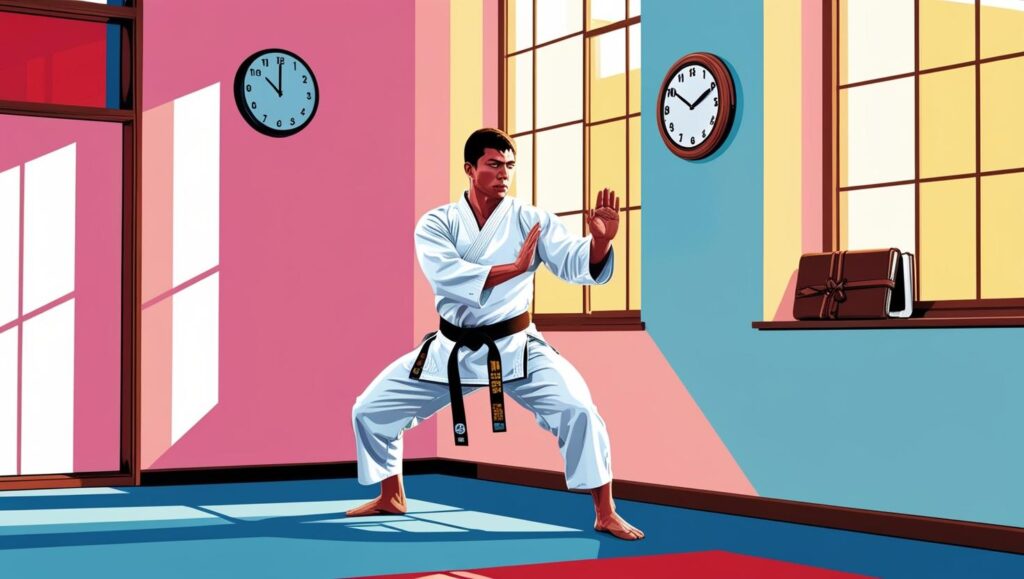
Final Thoughts
Mastering Kata’s performance isn’t something that happens overnight.
It requires consistent practice, a focus on precision, and a deep understanding of each movement.
Throughout this guide, I’ve shared some tips that helped me—and many others—improve their Kata skills.
Follow these tips, and you will see improvements in your kata performance.
So, keep practising, stay patient, and don’t be afraid to seek feedback from others. The more you invest in your Kata practice, the better your performance will be.
You Might Also Like






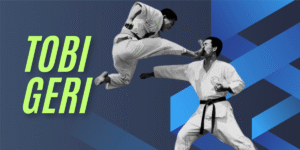
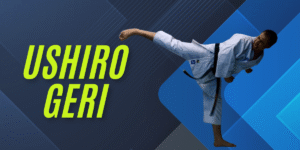

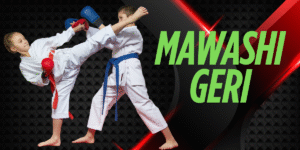
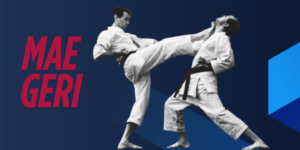
Pingback: Can UFC Fighters Smoke Weed in 2024? Latest Rules and Updates - Fighters Wisdom-Martial Art Insights